Many people still use the traditional way of fishing. A lot of anglers also use the sonars with a single frequency, dual-frequency, or even triple frequency transducers. Anglers have been using these sonars for over 30 years. But you must have heard about the latest technologies like the CHIRP sonar.
CHIRP sonar has also come into the introduction in the 1950s.

CHIRP is an acronym for Compressed High-Intensity Radar Pulse. It is no different than other sonars, but it just offers advanced performance and better display. It is better than traditional sonars because they depend on only one or two frequencies to give the information that can limit the detail. But the CHIRP sonar gives the more accurate and detailed image of the fishes, structure, and the bottom because it depends on more frequencies.
If you do not know much about this sonar, do not worry because in this article we are going to read everything you need to know about a CHIRP sonar. You will get to know everything from what is a CHIRP on a fish finder to how to read a CHIRP sonar.
So, let us move further and know everything about CHIRP.
Table of Contents
What is a CHIRP on a fish finder?
The traditional fish finders have used 2D sonars for a long time. These sonars emit high power but last only a small duration. That is why people consider CHIRP sonars that do not limit the feasibility under the deep water.
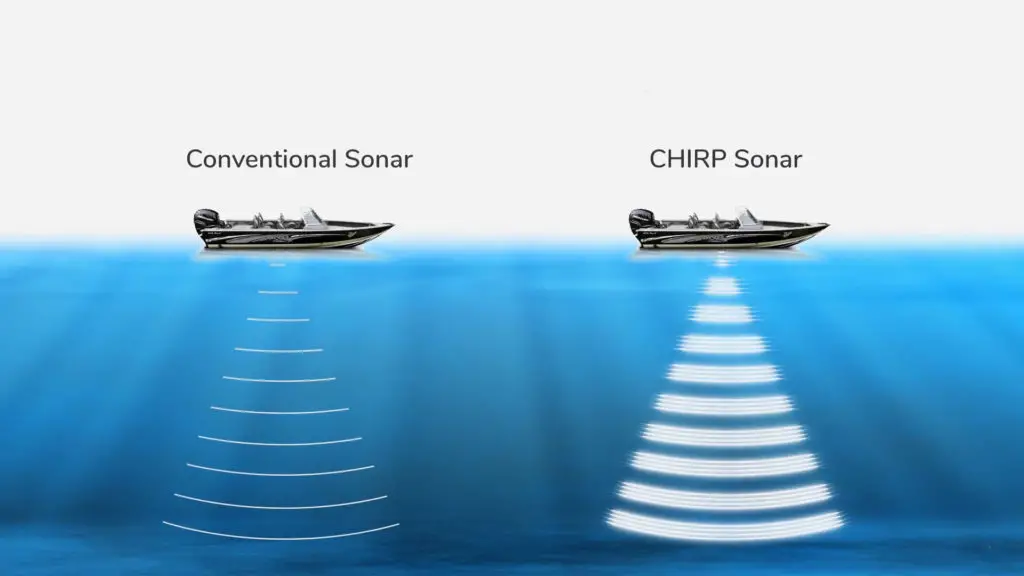
The CHIRP innovation prompted sonars on a fish finder is a generally new turn of events. The CHIRP sonar innovation was at first for military purposes. These sonars give expanded usefulness and exactness. The traditional sonar utilizes a solitary recurrence of a brief period, though the CHIRP sonar utilizes changing frequencies for a more extended time.
The CHIRP sonar places more vitality into the water to create broadband recurrence up to 117 kHz. CHIRP innovation in fish finders utilizes long-span pulses rather than short pulses. They likewise tweak and utilize different frequencies. This element gives higher goals and commotion free pictures at extraordinary depths.
CHIRP sonar works for both shallow water and marine waters. Nonetheless, for the shallow waters with profundity up to 300 ft, littler and less amazing CHIRP units suit best. These CHIRP innovations have been open for fish finding business reasons recently. Lowrance fish finder, Humminbird CHIRP sonar, and Garmin are probably the most well-known fishfinder makers with CHIRP sonar innovation.
Some other features of CHIRP fish finder that make it better from the traditional sonars include:
- Essentially increased performance at a high pace
- The better capacity of depth in water
- More accurate base and fish identification
CHIRP fish finders improved objective definition alongside the capacity to discover its target at a high pace is the priority for the anglers to prefer it.
The sound vitality passed on into the water by CHIRP transducer is multiple times immense than a broadband fish finder basics and even the reverberation which returns is more predominant than the one transmitted by the broadband fish finder’s transducer. Now that you know, what is a chirp on a fish finder, let us move ahead and know about its working.
How does a CHIRP fishfinder work?
By utilizing bursts of various frequencies, units with CHIRP innovation can make up for irregularities in the manner various items and materials mirror the sonar beat.
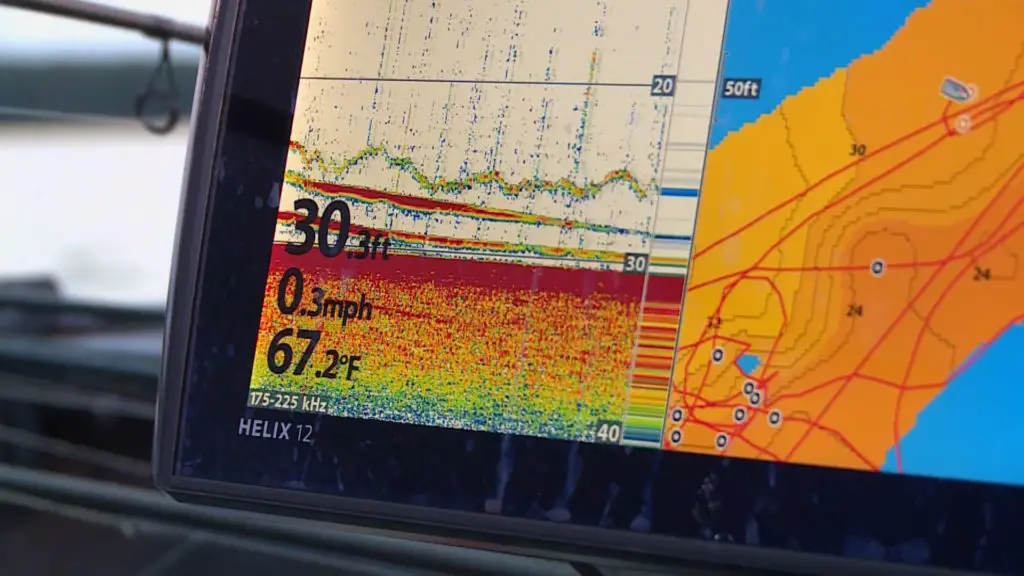
Various articles, regardless of whether they are fish, microscopic fish, or brush heaps will reflect better or more regrettable with various frequencies. By looking over various frequencies, CHIRP units can deliver considerably more point by point pictures than non-CHIRP units.
Notwithstanding a more prominent detail, CHIRP will deliver pictures with better objective partition, profound water infiltration, and diminished water section mess.
How can you get a CHIRP?
The capacity to utilize CHIRP relies extraordinarily upon the brand and model of hardware you use, so make a point to check with your producer for particulars.
Lowrance units that are CHIRP fit include all the Elite CHIRP models, all HDS Gen3 Touch models, and all HDS Gen2 units (with SonarHub). Lowrance clients additionally don’t have to buy a different transducer for CHIRP, as the innovation is as of now implicit to any Lowrance skimmer transducer.
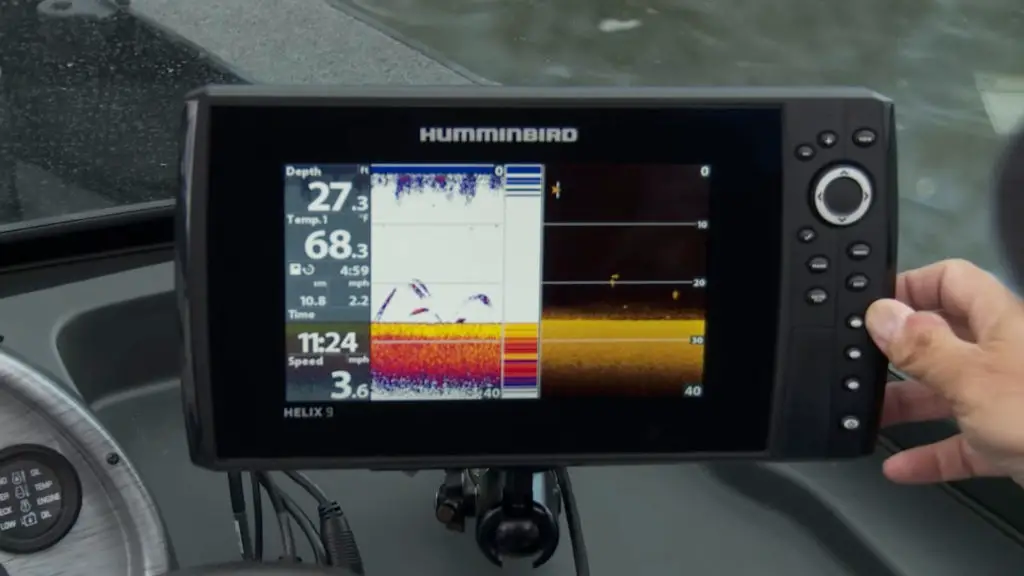
Humminbird ION and ONIX units can process CHIRP sonar (with CHIRP sonar module and good Airmar CHIRP transducer).
Chirp Sonar Raymarine Dragonfly units just as each of the A, C, and E arrangement multifunction shows (with CHIRP modules and good transducers) can show CHIRP sonar.
Garmin GPS Map units and the EchoMAP 70dv are additionally equipped for showing CHIRP sonar (with perfect transducer).
How does CHIRP aid you in catching more fishes?
Preceding CHIRP sonar, traditional sonar worked at a solitary recurrence, and transducers could work at double frequencies, usually 77/200 kHz. Since the main criticism is from one single recurrence, it confines the lucidity and goals accessible.
Rather than sending a solitary recurrence, CHIRP sonar clears a ceaseless scope of frequencies, from low to high, in a solitary transmission. The returns from every recurrence in that transmission are then deciphered to be drawn on the screen. Since this ceaseless compass of frequencies gives CHIRP an a lot more extensive scope of data, CHIRP sonar can make a reasonable, high-goals picture.
As you can see above, you get far more noteworthy objective division and more characterized curves than you would with standard 77/200 kHz sonar.
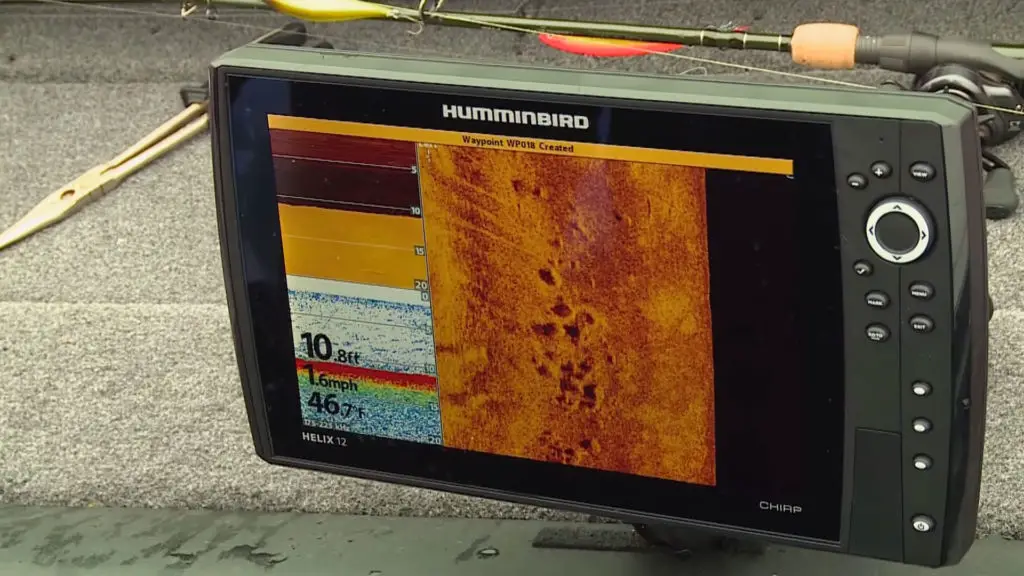
The GSD 26 CHIRP sonar module takes into consideration profound water targets secured in 10,000 feet of water and past.
For saltwater fishermen angling profundities up to 10,000 feet, including a GSD 26 CHIRP Professional Sonar Module to perfect chart plotters, including the wonderful and amazing GPSMAP 8600 arrangement. The GSD 26 will give you far and away superior CHIRP sonar returns and target partition at the most profound depths and will permit you to discover more fish than any other time in recent memory.
On the off chance that you need to include CHIRP ClearVü and SideVü filtering sonars or profundities up to 5,000 feet, the GSD 25 Premium Sonar Module will give you that ability. The GPSMAP 8600 arrangement permits you to utilize various sonar sources simultaneously, so you can utilize the GSD 25 related to the GSD 26 in case you’re despite everything requiring conventional CHIRP sonar up to 10,000 feet.
How to read the CHIRP display?
If you do not know how to read chirp sonar, here is brief and clear information for you.
Identifying Fish
A fish will appear on your screen as a curve or straight line. If a fish swims through your sonar cone, it will return a pulse from the edge of the cone, the center, and afterward the other edge. The returns from the two edges of the cone have a voyage marginally farther than the returns from the center. A curve is a fish that has traveled every which way into your sonar cone and a straight line is a fish directly under the sonar.

You need to keep some things in mind while you identify the fish:
- If the fishes are moving, the shape and size of the arches can vary.
- If the fishes move through the full sonar cone, the arches will appear full.
- Half arches or thick dashes appear on your screen if the fish moves partially through the cone.
- If the sonar and the fish are both stationary, a straight line would appear on your screen.
Determining Fish size
Commonly, the anglers make a mistake to interpret a long arch as a big fish. But a big arch only means that a fish was for a long period under your sonar cone. You can mark it bigger if the arch is thicker or darker in color. The best you can identify a fish is through the width of the arch. If you want to identify a school of fish, you can identify it through a group of arches or dense clusters with intense coloring.
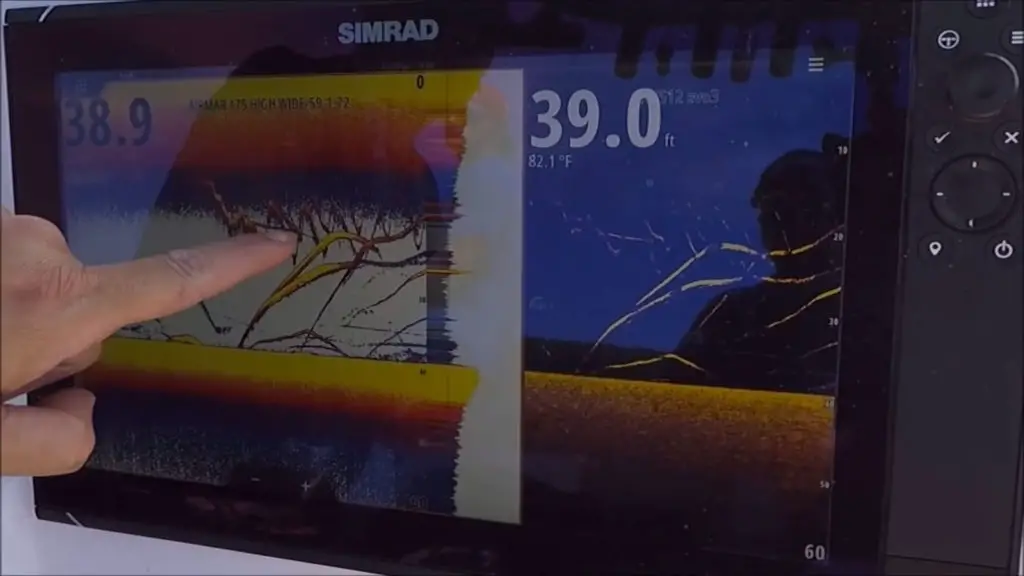
Finding features
It is important to find features like vegetation, depression, and drop-offs to locate the target species.
Vegetation
Vegetation, weeds, and brush piles appear as dense or sparse, vibrant in color, and clearly defined from the bottom contour. Predator fishes are mostly found in these areas.
Depression
These areas are mostly covered by coarse fish in search of their food. Small depressions appear very subtle at the bottom of the screen but are still clear to identify.
Drop-offs
Set the depth alarm to know when you enter the chosen depth range. Scan with a mid beam to get the clear readings and to make sure that you avoid the death zones.
Understanding Bottom Consistency
BottomColor
When on day mode display, the intensity of sonar return from the hard bottom will appear in orange and from the soft bottom will appear in purple.
Bottom thickness
The line on the screen tells you the bottom hardness. The thicker the line is, the harder the bottom will be. But you need to be careful because the sonar sensitivity can affect the thickness of the line.
Second Bottom Return
Sometimes, the hard bottoms can send back the strong returns. These will appear as second sonar returns which will run parallel to the line showing the bottom.
Different types of CHIRP
To understand the CHIRP sonar effectively, you need to understand the different types of CHIRP frequencies. Here is everything you need to understand. You can interpret high chirp vs medium chirp.
Which CHIRP frequencies would it be a good idea for you to pick? The nuts and bolts are like the conventional 2D sonar:
High CHIRP (150–240 kHz) is for inland and freshwater; the best decision for a draw following, distinguishing game fish and bait fish targets, or for focusing on game fish close to the base structure. Best for profundities under 600 feet
Medium CHIRP (80–160kHz)
They show a more extensive inclusion territory, examining enormous regions all the more rapidly, demonstrating bigger fish curves however giving less detail than high CHIRP for seeing littler articles. Like high CHIRP, it’s best for profundities under 600 feet.
Low CHIRP (beneath 80 kHz)
This is utilized in profound water more than 600 feet, offers astounding profundity execution (up to 10,000 feet) and imprints focus at all profundities in the water section.
Better quality CHIRP fishfinders let you see two CHIRP frequencies on the screen immediately. So you can clear an expansive cone on the medium recurrence CHIRP band. At that point, when you discover something that looks great, get a more intensive look on the more tight centered high CHIRP setting.
FAQs
Q. Is CHIRP sonar better?
A. CHIRP is an abbreviation for Compressed High-Intensity Radar Pulse, and it’s less another kind of sonar, but instead, a better method to process and show traditional 2D sonar.
CHIRP was created by the Navy to give better deepwater infiltration. CHIRP depends on wider frequencies for the details and images, unlike the traditional sonar. That is why it is better.
Q. What is the difference between CHIRP and sonar?
A conventional sonar transmits around one percent of the time, yet CHIRP sonars transmit climbing beats that are multiple times as long in length. They put drastically more vitality into the water segment, 10 to multiple times progressively, even though CHIRP gadgets frequently transmit at lower top force than conventional fishfinders.
Q. Is CHIRP worth the extra money?
A. Relies a great deal upon how/where you fish and at what profundities. In any case, for the most part, CHIRP worths each penny and once you use it, you will never return to a standard transducer for angling (Similar to after you utilize an autopilot, you can’t envision working your pontoon without it) Chirp will give you much more clear and unmistakable objective separation on fish all through the whole water section.
Conclusion
Rather than transmitting a particular pulse underneath the boat, CHIRP innovation changes the pulse with the goal that the scope of frequencies is transmitted by the transducer; suppose 28 to 60 kHz, or 130 to 210 kHz, or 42 to 65 kHz.
At the point when you transmit a balanced heartbeat over these extents, targets that are nearer together than a specific pulse length, reflect that pulse at an alternate recurrence to those further separated than the pulse length, and each will show up independently on the screen.
This range or pulse sweep is known as the data transfer capacity, consequently the term broadband sonar. The reverberation signal coming back from a target is equivalent to the frequency with which the target was struck, so two targets really near one another in shallow water will restore a marginally extraordinary recurrence signal.
The outcome is essentially, amazingly improved division and detail. Thus, what’s a chirp on a fish finder can be simply summed up as the deeper chirp sonar, broader, and clearer game changer technology.